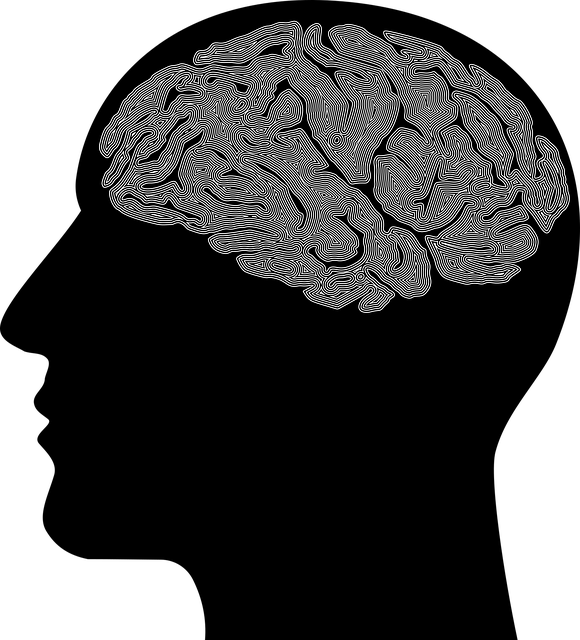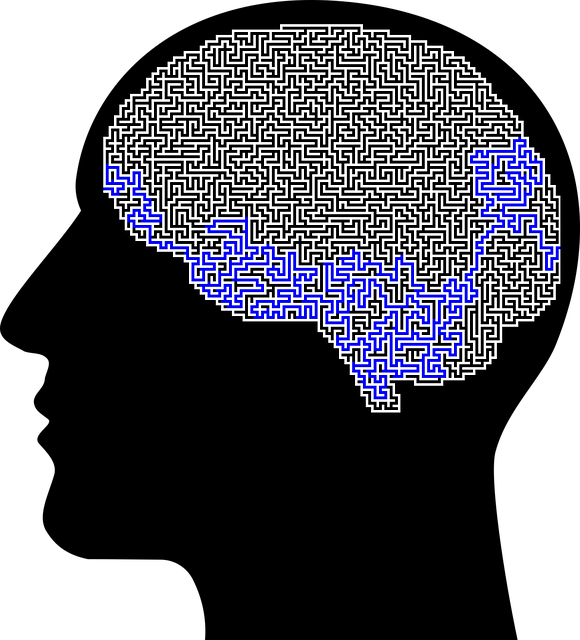Anxiety is a common issue in children, often expressed through behavioral changes. Recognizing these signs and understanding triggers are crucial for support. American Sign Language (ASL) offers a powerful tool for non-verbal communication with anxious kids, enabling early intervention and enhancing long-term mental health outcomes. Personalized anxiety management techniques include cognitive-behavioral therapy (CBT) tailored to children's developmental stages. Cultural sensitivity, including ASL knowledge, ensures inclusive support for all clients. Incorporating ASL into therapy sessions enhances communication and engagement, empowering both children and their caregivers throughout the therapy journey.
Anxiety management techniques are crucial for children’s well-being, especially with rising stress levels. This article explores effective strategies to help young minds cope with anxiety. We delve into understanding anxiety in children, its signs, and triggers, highlighting the unique benefits of American Sign Language (ASL) as a tool for communication and coping. Additionally, we cover therapeutic approaches, offering insights for parents and caregivers supporting their children through therapy.
- Understanding Anxiety in Children: Signs and Triggers
- American Sign Language (ASL) as a Tool for Communication and Coping
- Therapeutic Approaches: Effective Strategies for Managing Anxiety
- Supporting Children through Therapy: Tips for Parents and Caregivers
Understanding Anxiety in Children: Signs and Triggers

Anxiety is a common experience for children, but recognizing and understanding its signs and triggers are crucial steps in providing effective support. Unlike adults, kids may not always verbalize their feelings, so they often express anxiety through behavior changes. These can include excessive worry, restlessness, irritability, difficulty concentrating, or even physical symptoms like stomachaches or headaches.
Identifying the specific triggers is essential. Common factors contributing to childhood anxiety include social situations, school performance expectations, separation from parents, or exposure to traumatic events. Additionally, some children might experience anxiety as a result of their environment, such as high-stress households or excessive media consumption. The American Sign Language (ASL) can be a valuable tool for parents and caregivers to communicate with kids who struggle with expressing their emotions verbally, facilitating early intervention and potentially improving long-term outcomes.
American Sign Language (ASL) as a Tool for Communication and Coping

American Sign Language (ASL) offers a unique and powerful tool for communication that can also be beneficial in anxiety management, especially for children. Beyond its primary role as a language for the deaf community, ASL can serve as a therapeutic method to help kids express their feelings and cope with anxious thoughts. Therapy for Children using ASL can provide a calm and controlled environment where non-verbal communication reduces the sensory overload often experienced during moments of heightened anxiety. This approach is particularly innovative in mental health policy analysis and advocacy, highlighting the importance of inclusive practices that cater to diverse learning styles and communication preferences.
Incorporating ASL into stress management strategies allows children to gain a sense of control over their emotions. By signing instead of speaking, they can often convey their experiences more clearly and openly, encouraging a deeper understanding from caregivers and mental health professionals. This method not only aids in risk management planning but also fosters a supportive atmosphere where anxiety is demystified and managed effectively.
Therapeutic Approaches: Effective Strategies for Managing Anxiety

Anxiety management techniques vary widely depending on the individual’s needs and severity of symptoms. Therapeutic approaches play a crucial role in helping people cope with anxiety effectively. One such approach, therapy for children, focuses specifically on young minds, utilizing methods like cognitive-behavioral therapy (CBT) tailored to their developmental stage. CBT teaches children to recognize and challenge negative thought patterns, promoting positive thinking and emotional well-being promotion techniques that can last a lifetime.
Beyond traditional therapies, cultural sensitivity in mental healthcare practice is essential for effective anxiety management. Incorporating understanding of American Sign Language (ASL) can facilitate communication with deaf individuals, ensuring they receive the support they need. By integrating diverse practices and considering individual cultural backgrounds, therapists can offer tailored strategies that address not only symptoms but also the unique circumstances of each client.
Supporting Children through Therapy: Tips for Parents and Caregivers

Supporting children through therapy can be a rewarding yet challenging process for parents and caregivers. When navigating therapy for young ones, especially those who are deaf or hard of hearing, communication becomes key. Incorporating American Sign Language (ASL) into therapy sessions can significantly enhance a child’s understanding and engagement. Parents and caregivers can play an active role by learning basic ASL signs relevant to therapy topics, ensuring consistent language use at home and during sessions. This not only facilitates effective communication but also fosters a sense of inclusivity and empowerment for the child.
Building empathy and emotional intelligence is another crucial aspect of supporting children in therapy. Caregivers can help by actively listening to the child’s concerns, validating their feelings, and modeling empathetic behaviors. Teaching children to recognize and manage their emotions through conversations, storytelling, or play can be powerful tools. Additionally, incorporating burnout prevention strategies for healthcare providers—such as setting boundaries and prioritizing self-care—can ensure that caregivers maintain their own well-being while supporting their child’s therapy journey.
Anxiety management techniques, such as American Sign Language (ASL) and therapeutic approaches, offer powerful tools in supporting children with anxiety. By understanding signs and triggers, parents and caregivers can effectively navigate this journey alongside their young ones. Integrating ASL enhances communication, providing a unique coping mechanism for non-verbal expression. Therapeutic strategies, tailored to each child’s needs, foster resilience and emotional well-being. With the right support, children can learn to manage anxiety, leading to improved mental health and enhanced quality of life.









